Australian Vanadium Limited’s (AVLs) subsidiary, Perth-based VSUN Energy has announced significant progress in the next phase of Project Lumina, with the appointment of engineering, procurement and construction (EPC) contractors, GenusPlus Group and Sedgman.
Genus will develop the electrical connection of Project Lumina vanadium flow battery (VFB) energy storage system (ESS), Sedgman will provide balance of plant design services, and Austrian VFB manufacturer Enerox trading as CellCube has been appointed as VFB technology provider.
AVL’s Chief Executive Officer Graham Arvidson said VSUN Energy is rapidly progressing the next phase of Project Lumina, which incorporates the detailed design of a 100 MW 4 and 8 hour BESS using VFBs.
“We are pleased to be working with highly credible parties such as Genus, Sedgman and CellCube and look forward to working together to develop energy storage solutions for utility scale use across the country,” Arvidson said.
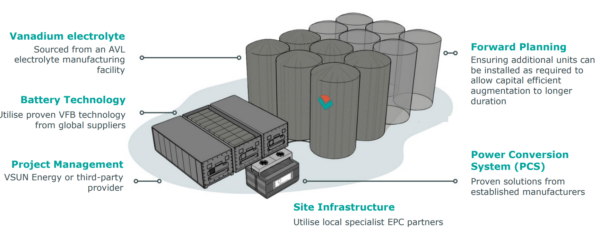
specialist EPC and OEM partners to minimise technical risk.
Image: Australian Vanadium Limited
VSUN Energy recently completed Phase 1 of Project Lumina, an analysis to assess whether a VFB BESS solution is competitive in the energy storage market, and found the merits of a 100 MW VFB BESS solution is capable of delivering levelised cost of storage (LCOS) of $274 (USD ) / MWh for a 4-hour VFB BESS and LCOS of $251 / MWh for an 8-hour VFB BESS.
Phase 2 of Project Lumina is the delivery of the detailed design of a VFB BESS solution, which is expected to refine the Phase 1 assumptions and develop an executable delivery strategy.
A key aim of Phase 2 is exploration of the option of a ‘deconstructed’ VFB BESS to potentially extend operational life to 40 years and beyond.
Discussions with potential energy offtakers for deployment, talks on land access arrangements for future deployment, and the development of a funding strategy are ongoing.
Australian Vanadium recently hosted Australian Prime Minister Anthony Albanese, Federal Minister for Resources and Northern Australia Madeleine King and Federal Member for Pearce Tracey Roberts to its vanadium electrolyte manufacturing facility in Wangara, Western Australia.
Albanese reiterated he wants a future made in Australia by Australian workers and Australian businesses.
“This is an example, the sort of investment in batteries that we see isn’t a technology where we’re talking about Australia’s energy future in the 2040s. This is technology that’s here right now and a technology in which Australia has an enormous advantage,” Albanese said.
“We have the third largest vanadium resources in the world, and we have everything, therefore, that can go into a battery that can make sure that during those hours when it’s needed, solar energy can be stored from rooftop solar and can feed into the grid here in Western Australia.”
Albanese added they can also be a part of the future on the east coast, throughout Australia and has enormous potential for exports and to produce revenue for Australia.
This content is protected by copyright and may not be reused. If you want to cooperate with us and would like to reuse some of our content, please contact: editors@pv-magazine.com.
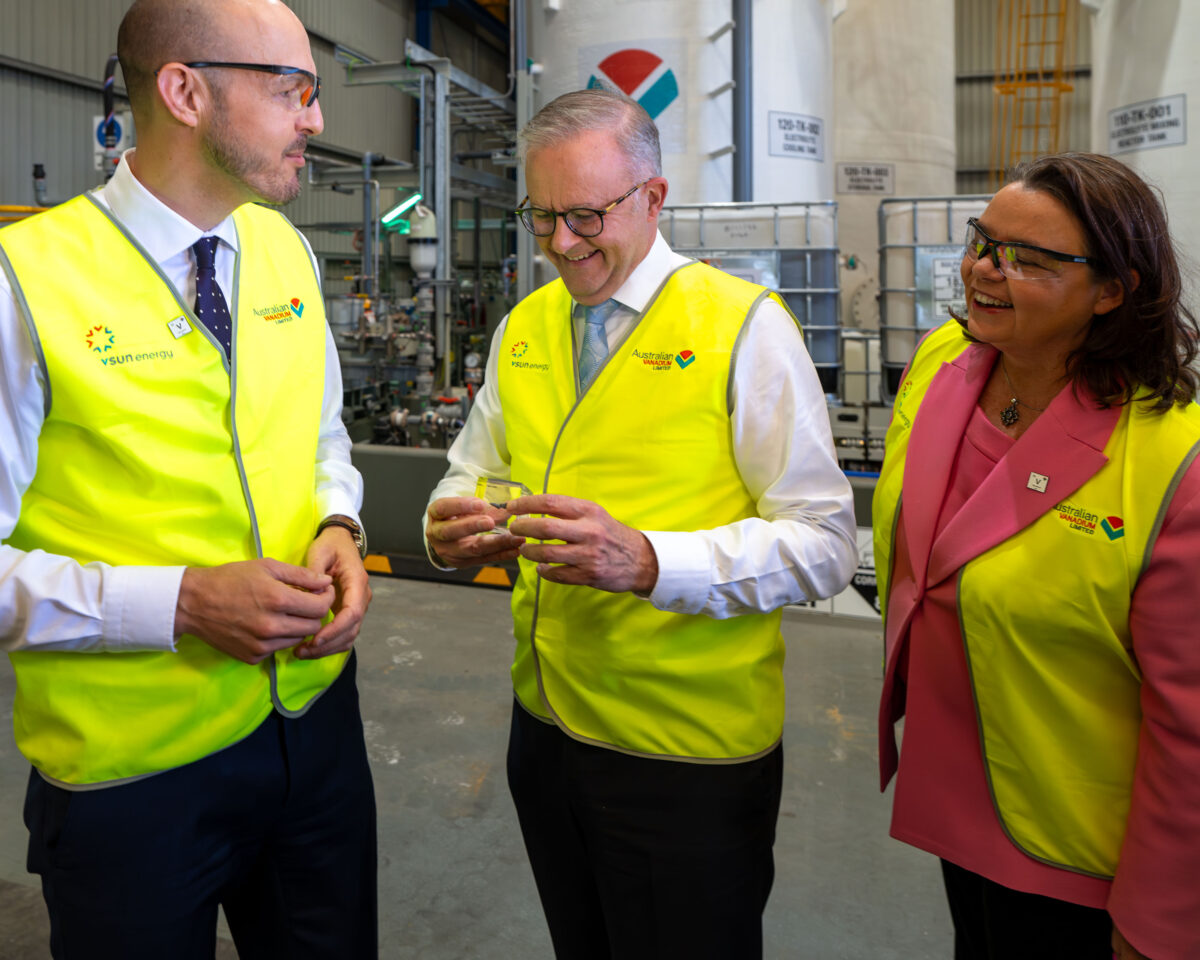
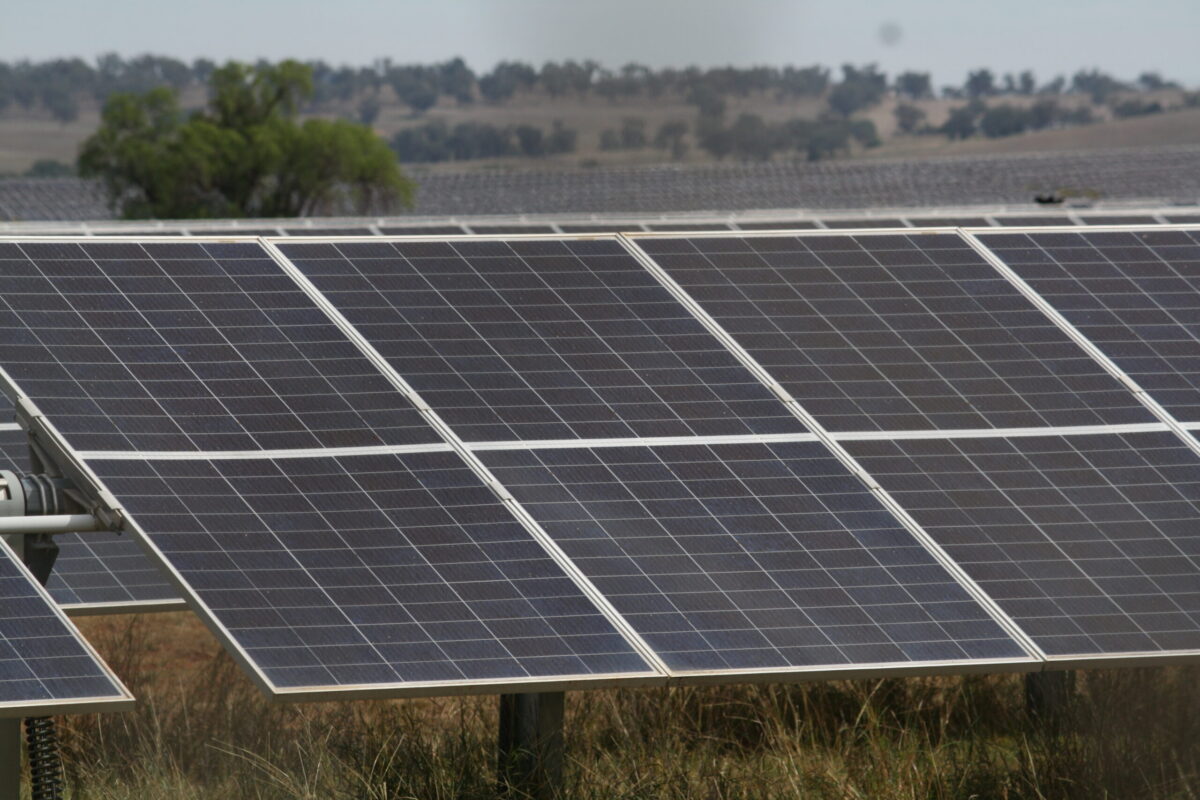

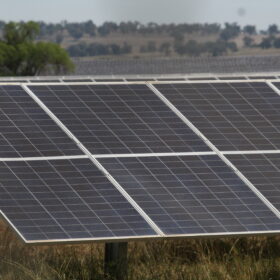
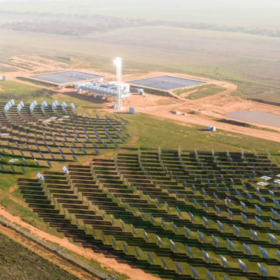
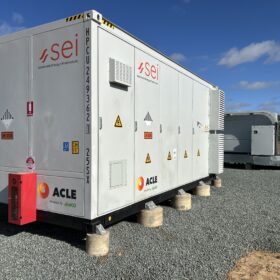
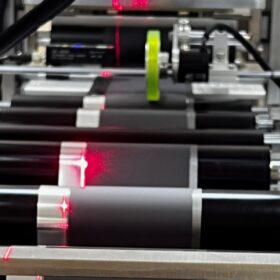
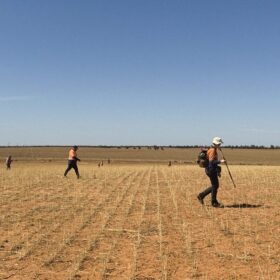
By submitting this form you agree to pv magazine using your data for the purposes of publishing your comment.
Your personal data will only be disclosed or otherwise transmitted to third parties for the purposes of spam filtering or if this is necessary for technical maintenance of the website. Any other transfer to third parties will not take place unless this is justified on the basis of applicable data protection regulations or if pv magazine is legally obliged to do so.
You may revoke this consent at any time with effect for the future, in which case your personal data will be deleted immediately. Otherwise, your data will be deleted if pv magazine has processed your request or the purpose of data storage is fulfilled.
Further information on data privacy can be found in our Data Protection Policy.